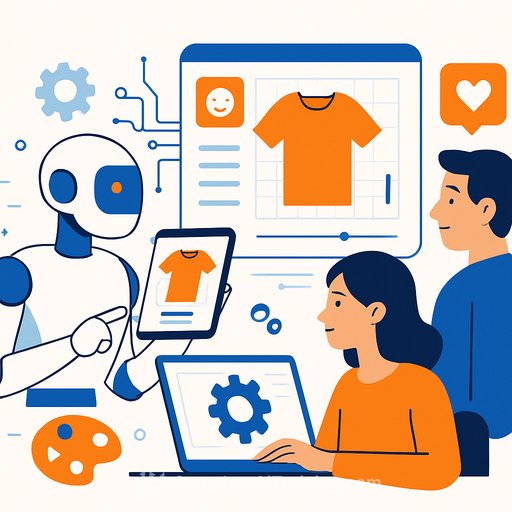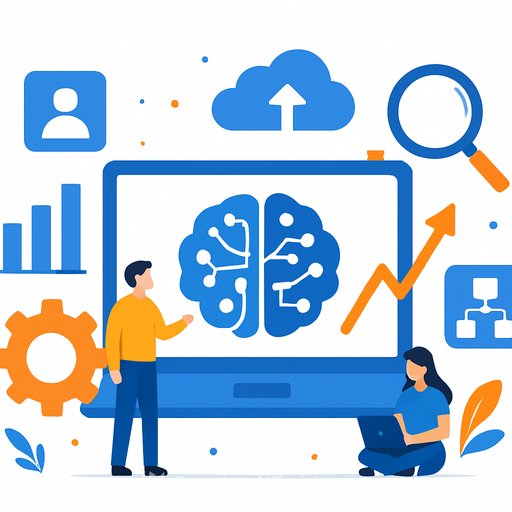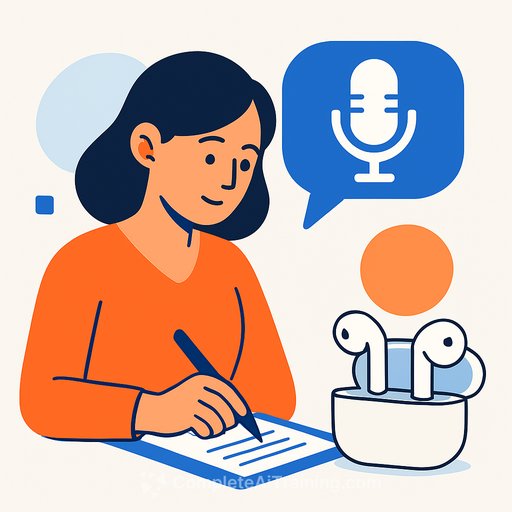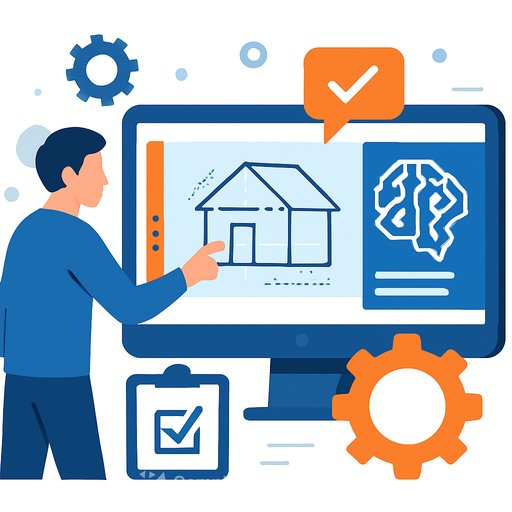AI Agents, Part 3: Adaptive Designs Optimize Development and User Experience
AI agents are transforming digital product development by bringing efficiency and user focus closer through individual adaptations. This shift moves beyond traditional customization methods to deliver leaner, more responsive software experiences.
Individual Customization
Customization often implies adding features, but from a user-centered perspective, every unnecessary feature adds cognitive load and raises the digital barrier. Adapting software means embracing omission—removing unneeded features to simplify the user experience.
Before AI, developers used strategies like feature flags to adjust features for different user groups. However, this approach adds complexity to the codebase with many conditional elements, which can degrade program performance and increase memory use.
The Absurdity of Feature Flags: An Industrial Example
Feature flags clash with lean manufacturing’s pull principle, which advocates for demand-driven, resource-efficient production. Imagine producing cars with 360 hp engines for all customers, even though only a few need such power. The engines for most users are artificially limited, wasting material and energy.
While some industries accept this trade-off due to the cost of flexible production lines, it’s unsustainable and risks frustrating users who feel they pay for unused capabilities. This dissonance can negatively affect user satisfaction and product perception.
Reduction Through Build Variants
A better strategy is to exclude unnecessary features during the build phase instead of runtime. This “build variant” approach is already used via complex delivery pipelines, echoing industrial production lines.
However, managing multiple product variants grows challenging as variants multiply. Ideally, each user would get a fully personalized product with only relevant features—a set that evolves as the user gains experience. Power users need different features than beginners, which complicates variant management.
Target Group Simulation as a Key Product Skill
Product owners must identify where user needs overlap enough to combine into a single variant and where differences require separate versions. This requires testing many combinations, a time-consuming task.
Here, AI agents acting as virtual personas can simulate user conversations to uncover common and conflicting needs. These complex simulations generate emergent insights impossible to predict with static formulas.
Microsoft’s open-source project TinyTroupe exemplifies this approach, using AI personas within large language model simulations to analyze user needs dynamically.
Looking ahead, AI agents could suggest and even build product variants automatically based on a reference version. Acting like flexible code generators, they become part of an automated software production line—much like humanoid robots in manufacturing.
This shift invites product teams to rethink how they optimize product variants in the age of AI, emphasizing leaner, more user-focused, and adaptable software development.
Your membership also unlocks:






